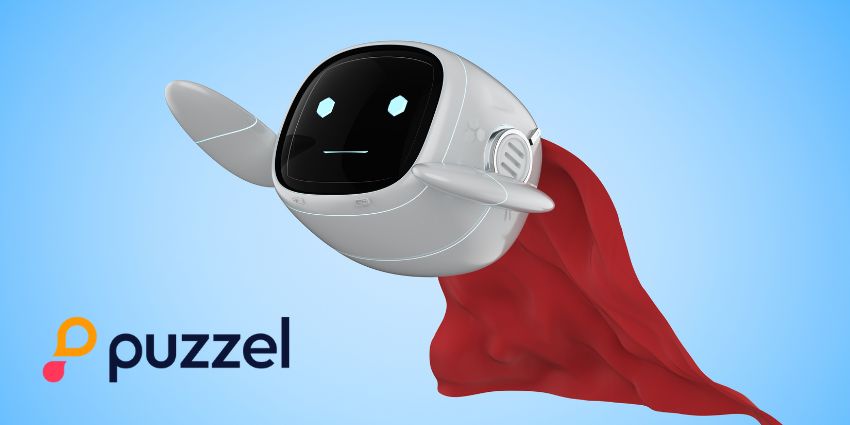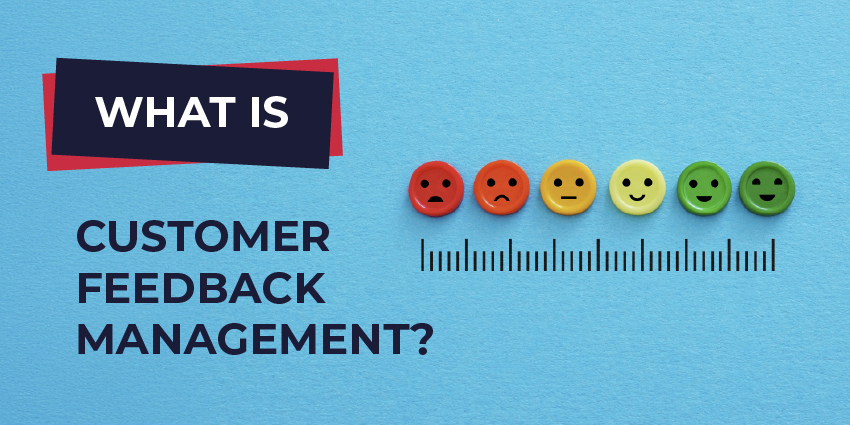Earlier this month, Microsoft announced that it was laying off three percent of its global workforce.
The move will impact over 6,000 staff, making it the highest number of job cuts since January 2023 when 10,000 employees were let go.
Microsoft has yet to provide an official release on the cuts but has confirmed the news to some media outlets.
Speaking to CNBC, a Microsoft spokesperson said:
“We continue to implement organizational changes necessary to best position the company for success in a dynamic marketplace.”
Interestingly, the layoffs came just weeks after Microsoft’s Q3 2025 earnings call, where the company posted strong figures, including breaking the $70 billion mark in total revenue, a 13 percent YoY increase.
Given the impressive performance, many questioned why the vendor has decided to reduce its headcount at this time, with some publications reporting that Microsoft made the move because of the transformational impact of AI.
Indeed, the New York Post and the Economic Times both pointed to the fact that Microsoft has confirmed plans to spend up to $80 billion on AI in fiscal year 2025.
The latter claimed that this investment is leading to growing depreciation costs and a drop in gross margins, arguing that Microsoft is looking to offset this with layoffs.
The New York Post also put forward a similar case, highlighting comments made by D.A. Davidson Analyst Gil Luria, who said:
We believe that every year Microsoft invests [in AI] at the current levels, it would need to reduce headcount by at least 10,000 in order to make up for the higher depreciation levels due to their capital expenditures.
But is this really the full story?
Two Sides to the Story
Despite the assertions made by the likes of the New York Post, it is important to remember that the customer service and experience tech industry is still growing.
While AI’s capabilities continue to advance, humans remain crucial to the process.
As it stands, tech giants like Microsoft still need people, and there are no clear-cut examples that demand for them is diminishing.
Indeed, earlier this year, 8×8 CEO Sam Wilson rubbished the idea that AI will replace contact center agents.
Wilson suggested that over the next five years, AI will have only a minimal impact on contact center staffing, with a 100-person team shrinking to around 96 employees.
This appears to be the case with Microsoft’s layoffs, as while the exact figures on which positions have been cut have not yet been confirmed, according to sources at Bloomberg, the layoffs seemed to primarily affect middle management.
In addition, there have been well-documented integration issues with Blizzard and Metaswitch, which may have been another cause, with redundancies reportedly affecting these business units.
In a nutshell, although Microsoft is undoubtedly committing more resources to AI, it is reductive to claim that this is the only reason for the staff cuts.
The vendor is also aiming to drive organizational efficiencies and improve margins to help build investor confidence.
The truth is, in relation to the rest of Microsoft’s tech suite, its AI offerings are still in their infancy. Take their service department, for example. It doesn’t even have a customer-facing copilot yet – something Marc Benioff has poked fun at in recent times.
So, with all this in mind, what exactly is Microsoft’s current position in the AI space?
Where is Microsoft with AI?
Trying to unpack a company’s entire approach to a technology as vast and ever-evolving as AI is no mean feat.
Fortunately, we can garner some insights from Microsoft’s 2025 Work Trend Index report.
The study combines global surveys and observational research across industries to provide information about the evolving nature of work for both employees and business leaders.
Titled, ‘The Year the Frontier Firm is Born’, key insights from the report include:
- AI’s ability to deliver “intelligence on tap”
- The rise of the AI-powered “Agent Boss”
- Microsoft Copilot as the “new UI for AI”
- The need to balance the “human-agent ratio”
While these insights are not to be ignored, for Tim Banting, Head of Research and Business Intelligence at Today Digital, the study falls short in the following four areas:
1. Overreliance on Self-Reported Productivity Gains
First and foremost, Banting critiques Microsoft’s Work Trend Index for relying too heavily on subjective feedback like “Copilot makes work easier” or “improves creativity,” without tying these sentiments to measurable business outcomes.
He notes:
‘Time saved’ is not equated with productivity unless it translates into measurable outcomes (e.g., reduced cost, faster deliverables, fewer errors).
The absence of performance metrics or KPIs makes these claims difficult to validate.
2. Lack of Cost Context or Deployment Models
The report also overlooks vital factors like total cost of ownership; licensing costs (noting the $30 per user/month fee); and deployment challenges such as infrastructure changes, compliance, and user training.
Banting stresses that any meaningful ROI analysis must consider these hidden overheads, especially for regulated industries.
3. Weak Link Between AI Adoption and Strategic Business Value
Broad claims about Copilot driving strategic transformation and resilience are seen as speculative.
Banting points out that Microsoft presents “unproven assumptions dressed as strategic benefits,” with no evidence of hard business outcomes like increased revenue or reduced churn.
He insists that “Business value should be about outcomes, not engagement or feature adoption.”
4. Over-rotating on “Power Users” Masks the Average Reality for Organizations
Microsoft emphasizes benefits to “AI power users,” but Banting warns this overlooks the average employee experience – particularly those in frontline or operational roles.
Most users won’t reach this power user level, leading to unrealistic ROI expectations and uneven adoption, which increases the cost and complexity of AI integration.
How Does Microsoft’s AI Positioning Impact Enterprises
While AI generates excitement among tech enthusiasts and early adopters, widespread enterprise adoption remains stalled.
According to Banting, AI must prove its value through specific use cases and measurable ROI to bridge the gap between early adoption and mainstream implementation.
Enterprise leaders should stop accepting generic AI promises and start demanding proof. Before investing in AI solutions, they should require vendors like Microsoft to provide industry-specific case studies showing quantifiable business impact, competitive advantages, and clear returns on investment.
Businesses must not allow AI to remain a solution in search of a problem; instead, they should compel vendors to demonstrate precisely how their AI will address specific business challenges and deliver measurable results.”







